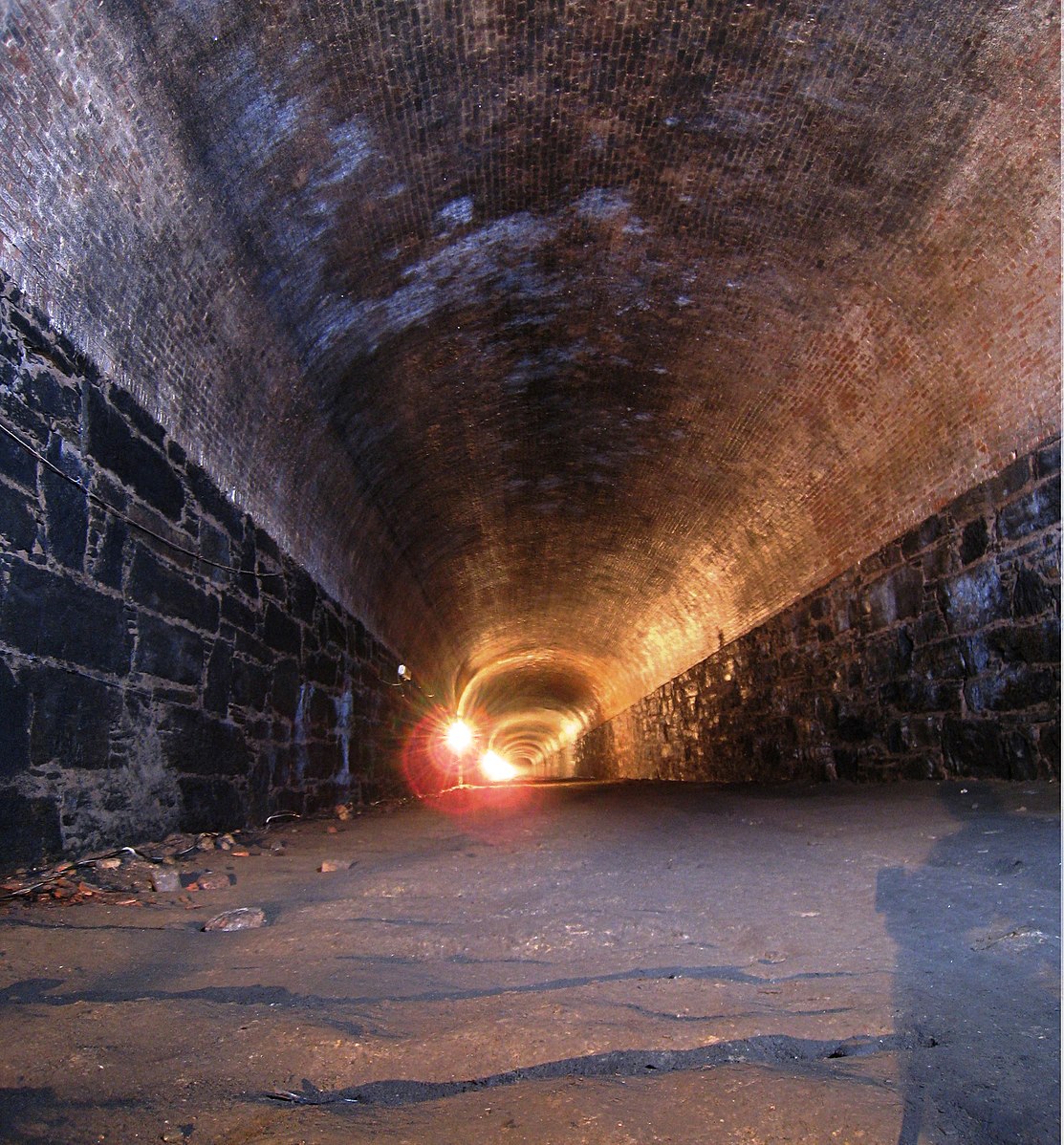Latest rail plan would put tunnel under Long Island Sound

President Joe Biden’s promise to improve the nation’s infrastructure has renewed interest in the decades-old idea of a high-speed railroad connecting New York and Boston, possibly through a 16-mile tunnel under Long Island Sound.The new North Atlantic Rail plan was developed at the University of Pennsylvania planning studios. It calls for improving existing lines and building new infrastructure, including boring that tunnel, to create an electric high-speed line that would allow travel at well over 200 mph. Unknown to most people, the plan is similar to the original vision for the Long Island Rail Road, which had its first terminal on the Cobble Hill, Brooklyn, waterfront.
The LIRR’s planners in the 1830s envisioned a system in which long-distance travelers would take a ferry from Manhattan to Cobble Hill, then take the railroad east to Long Island’s East End, where they could then take a ferry to Connecticut and continue their journey to Boston. In 1844, a section of the LIRR under Atlantic Avenue in Downtown Brooklyn was put into a below-ground open cut, now known as the Cobble Hill Tunnel, to avoid having street-level railroad traffic in that busy area. The cut was roofed over in 1849, making it a bonafide tunnel. The LIRR’s plans for a roundabout route to Boston were dashed in 1849, when the New York and New Haven Railroad completed a land-based route to Connecticut.
As for the tunnel, it was bricked up in the 1860s after the state Legislature decided to ban steam locomotives in the city of Brooklyn. In 1980, rail buff Bob Diamond discovered the tunnel after entering it through a manhole at Atlantic Avenue and Court Street. He led tours of the tunnel until 2010, when the city revoked their permission on safety grounds. The estimated cost of the proposed 20-year project is over $100 billion, a figure proponents say is not outrageous, given Biden’s promise to invest $2 trillion on clean energy infrastructure. It’s the latest in a number of plans discussed since Sen. Claiborne Pell of Rhode Island first began talking about a high-speed rail system for the Northeast the early 1960s.

Brooklyn Boro
View MoreNew York City’s most populous borough, Brooklyn, is home to nearly 2.6 million residents. If Brooklyn were an independent city it would be the fourth largest city in the United States. While Brooklyn has become the epitome of ‘cool and hip’ in recent years, for those that were born here, raised families here and improved communities over the years, Brooklyn has never been ‘uncool’.